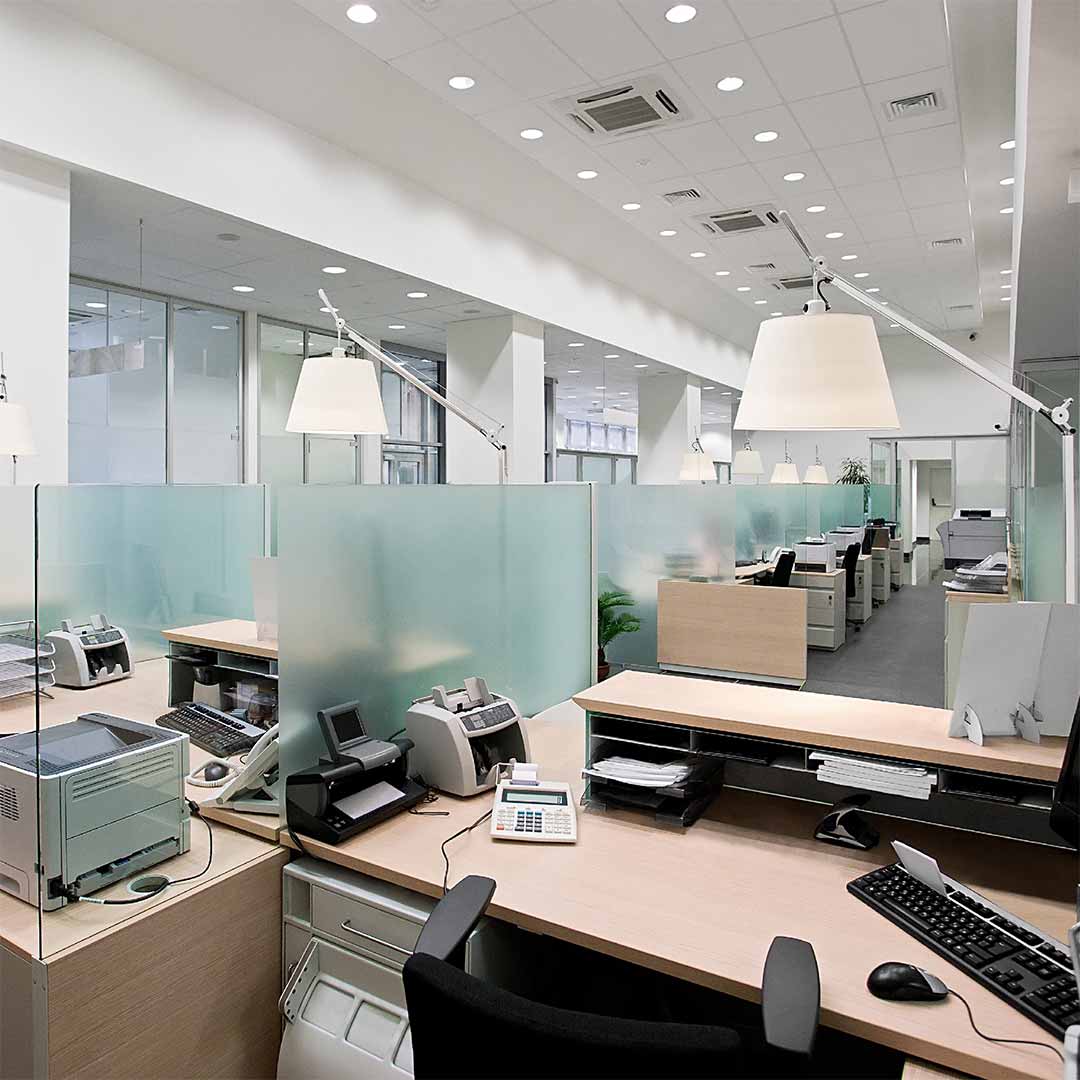The air quality
INDOOR AIR – Indoor air plays directly or indirectly a major role for the well-being of people; it represents one of the main determinants of people’s health, considering that frequently the pollution exposure is higher indoor rather than outdoor environments. Apart from outdoor air quality, indoor air quality depends on the presence of internal emission and release of contaminants, with a concentration of chemical and biological pollutants which may influence their characteristics.
According to the statistical data from Environmental Protection Agency (EPA), indoor air pollution is 5 times higher than outdoor air especially in developing countries.Indoor and outdoor air is full of particulate matter (or particle pollution) and is considered by the World Health Organization as the main environmental risk factor for the health of the population.
- use of certain construction materials
- a lack of mechanical ventilation or air circulation systems,
- fitting energy-efficient insulation reduces natural air flow between indoors and outdoors.
- buildings with an attached garage
- renovated buildings usually located in areas with higher underlying radon concentrations and with cellars in radon-affected areas instead of new building located in areas with less radon and with powerful and efficient ventilation.
Of the same advice is the Italian Institute of Health (ISS).
The ISS GUIDELINES FOR THE GOOD AIR QUALITY underlines and suggests some actions for the periodic sanitization of rooms through the implementation of technologies using ozone, chlorine, peroxide or UVC rays, which can be realized only in absence of people and with qualified personnel for the use of those technologies. The ISS also recommends some products for cleaning, sanitising and disinfection of surfaces – but concerning the maintenance of good air quality the regulations only specify the period air change (air renewal) and some rules for the use of air conditioning systems. In particular, the air renewal normally occurs by substituting the air taken from outside through simple operations such as opening the windows or activating mechanical ventilation systems for filtering or treating air from a thermal or hygrometric point of view before the release into the environment.
In the “ISS Report COVID-19 n. 5/2020” is expressly stated that “concerning sanitization, in respect to the regulations in force, is meant the complex of procedures and operations of cleaning/disinfection and the maintenance of a good air quality”.



Fonts:
https://www.who.int/health-topics/air-pollution#tab=tab_1
https://www.epa.gov/indoor-air-quality-iaq/introduction-indoor-air-quality
https://actu.epfl.ch/news/indoor-air-quality-merits-closer-attention/


